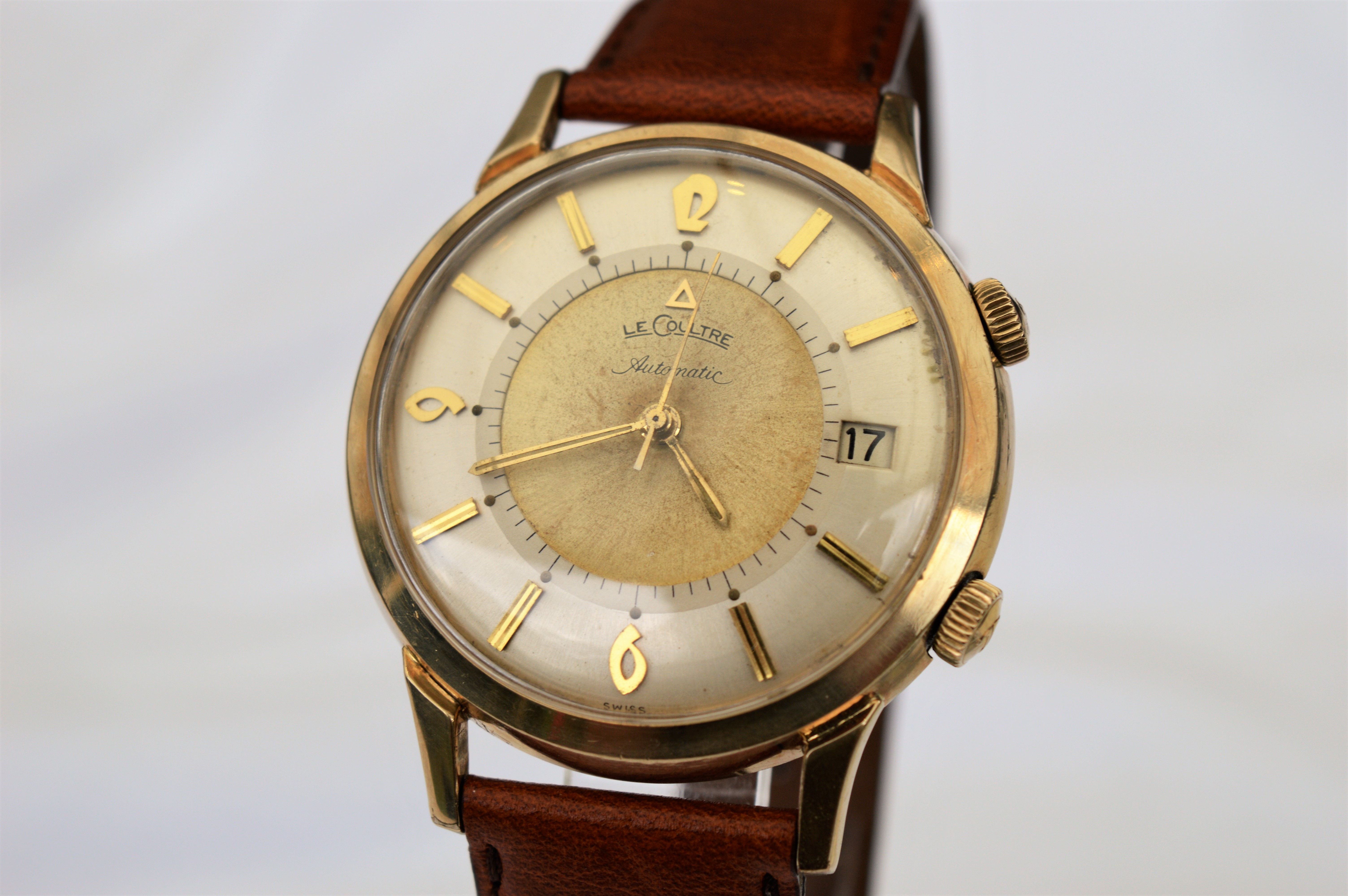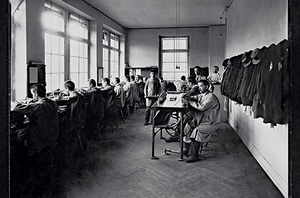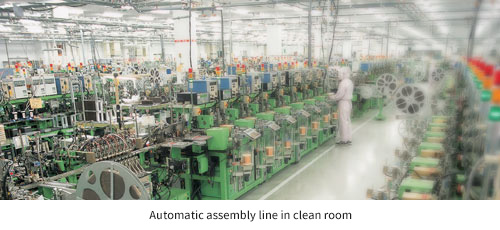The problem (or not?) of servicing vintage watches
There's something about vintage watches. Maybe it's the attraction of bygone days, a different era where things were less complicated and stress levels were much, much lower. Maybe it's the joy of finding a 50, 60 or 70 year old item that kind of looks its age but still looks fantastic. Aged, yes, but with pride and grace, maintaining the exquisite features that made it beautiful when it was new and still today so much later.

Vintage watches are generally much more affordable than new watches. The most sought after vintage makes and models generally cost much less than their new counterparts, which makes it easier to build a collection. For the author of this post, that was the start of this whole adventure. At one point I found myself having 42 vintage watches and when I wanted to service one of them I discovered it could be very expensive. Which brings me to the point of this post.
Say you already have a few newer watches and decided to buy yourself a nice vintage watch to vary your collection a bit. Maybe you're a fan of a particular brand and have an established relationship with an affiliated store and watchmaker for the brand. So it's perfectly logical to take your newly found beauty to your brand watchmaker and ask for an evaluation of it, just to make sure everything is in good order, as the seller stated.
A few days later when you go back to the watchmaker, your heart sinks and your blood starts boiling when he tells you there is a lot of wear in the watch and to get it back into good order you need to change half the parts and pay almost as much for that as you paid for the watch in the first place.
What the *%$@# happened? Is the seller a crook? Should you ask your money back or give the seller the worst review humanly possible to get revenge? Well, it's not that simple. To become a brand store and a certified watchmaker for a brand, there is a lot of training and investment to be made. It is crucial for a watch brand that their customers can rely on the brand's watches to be in as perfect order as possible.
But, and it's a big but; this really only applies to newer watches. The reason lies in how the brand's business model works. Back in the old days when your vintage watch was new, business was also less complicated. The whole concept of business strategy with cost optimization, automation, touch-less manufacturing, end-to-end integrated supply chains and so on did not exist. You simply made as good a product as you could and maybe your marketing people were a little better than the rest (here's looking at you, Rolex) so that you had a small edge over your competitors. Apart from that, it really mostly depended on building the best product you could.

They used the best materials and spent the time necessary to ensure that their movements were the best they could be. There were no hedge fund corporate shareholders requiring a certain return on their investment every quarter and there was no outsourcing of high volume production to low-cost countries. Everything was made within the local community, often spanning only a village or two in the same valley.



 Swiss Franc (CHF)
Swiss Franc (CHF)
 US Dollar (USD)
US Dollar (USD)
 Canadian Dollar (CAD)
Canadian Dollar (CAD)
 Hong Kong Dollar (HKD)
Hong Kong Dollar (HKD)
 Australian Dollar (AUD)
Australian Dollar (AUD)
 British Pound (GBP)
British Pound (GBP)
 Japanese Yen (JPY)
Japanese Yen (JPY)
